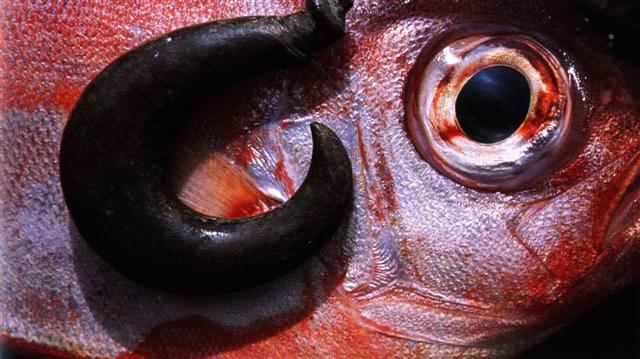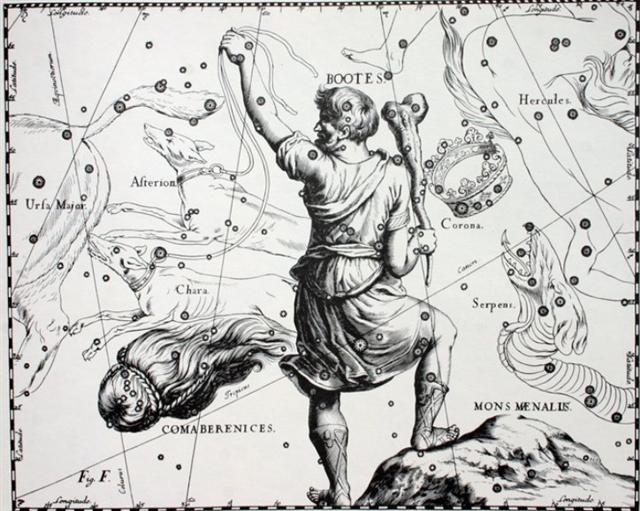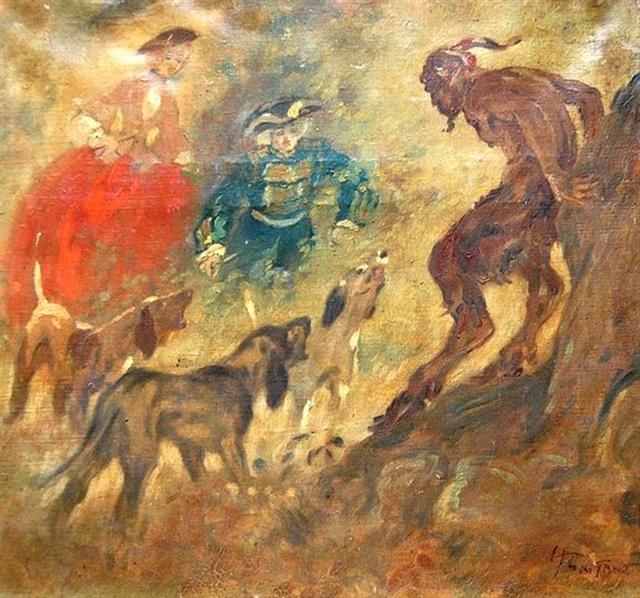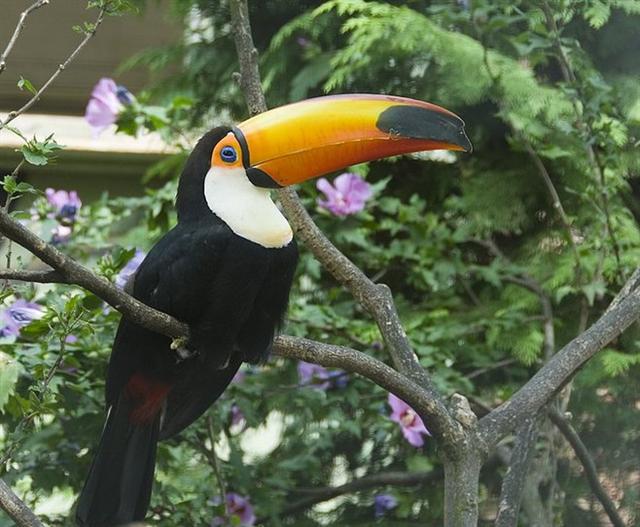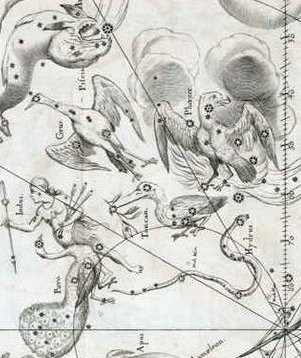The complex glyph Gb7-30 seems to be some kind of parallel to the position of glyph number 6 not only on side b on the C tablet but also on its side a:.
Presumably the first 5 glyphs on both sides of the C tablet were intended to correspond to the 5 dark nights 'when gods were born': ... Nut, whom the Greeks sometimes identified with Rhea, was goddess of the sky, but it was debatable if in historical times she was the object of a genuine cult. She was Geb's twin sister and, it was said, married him secretly and against the will of Ra. Angered, Ra had the couple brutally separated by Shu and afterwards decreed that Nut could not bear a child in any given month of any year. Thoth, Plutarch tells us, happily had pity on her. Playing draughts with the Moon, he won in the course of several games a seventy-second part of the Moon's light with which he composed five new days. As these five intercalated days did not belong to the official Egyptian calendar of three hundred and sixty days, Nut was thus able to give birth successively to five children: Osiris, Haroeris (Horus), Set, Isis and Nepthys ... Regarding the first 5 glyphs on side b of the G tablet I have deduced the star positions (at my assumed epoch for rongorongo) probably were as follows, based on my idea that Ca1-1 was intended to correspond to the Sun at September 21 (264) - i.e. the place equivalent to March 21 (0h) south of the equator:
September 21 (*184) + *392 - *366 = *210 (→ 7 * 30 → Gb7-30) and *210 - *183 = *27 (the right ascension position of the First Point of Aries, i.e. Sheratan). I have also guessed there was a shift of view from the heliacal present down to the nakshatra nightside Roman times (365 + 27 = 392). My idea gains support from the identified positions of the pair of fish-hooks in the G text:
So it should then be possible to reconstruct:
Here the precessional distance down to Roman times would be *27 right ascension days instead of *23 as in Gregorian times. The star which south of the equator evidently corresponded to Arcturus in day 295 north of the equator ought, however, not be the Bird of the Satyrs in the Raven constellation (η Corvi)
... Gronw Pebyr, who figures as the lord of Penllyn - 'Lord of the Lake' - which was also the title of Tegid Voel, Cerridwen's husband, is really Llew's twin and tanist ... Gronw reigns during the second half of the year, after Llew's sacrificial murder; and the weary stag whom he kills and flays outside Llew's castle stands for Llew himself (a 'stag of seven fights'). This constant shift in symbolic values makes the allegory difficult for the prose-minded reader to follow, but to the poet who remembers the fate of the pastoral Hercules the sense is clear: after despatching Llew with the dart hurled at him from Bryn Kyvergyr, Gronw flays him, cuts him to pieces and distributes the pieces among his merry-men. The clue is given in the phrase 'baiting his dogs'. Math had similarly made a stag of his rival Gilvaethwy, earlier in the story. It seems likely that Llew's mediaeval successor, Red Robin Hood, was also once worshipped as a stag. His presence at the Abbot's Bromley Horn Dance would be difficult to account for otherwise, and stag's horn moss is sometimes called Robin Hood's Hatband. In May, the stag puts on his red summer coat. Llew visits the Castle of Arianrhod in a coracle of weed and sedge. The coracle is the same old harvest basket in which nearly every antique Sun-god makes his New Year voyage; and the virgin princess, his mother, is always waiting to greet him on the bank ... but rather the star β (*6.4) at the Eye of the Toucan.
|
|||||||||||||||||||||||||||||||||||||||||||||||||||||||||||||||||||||||





